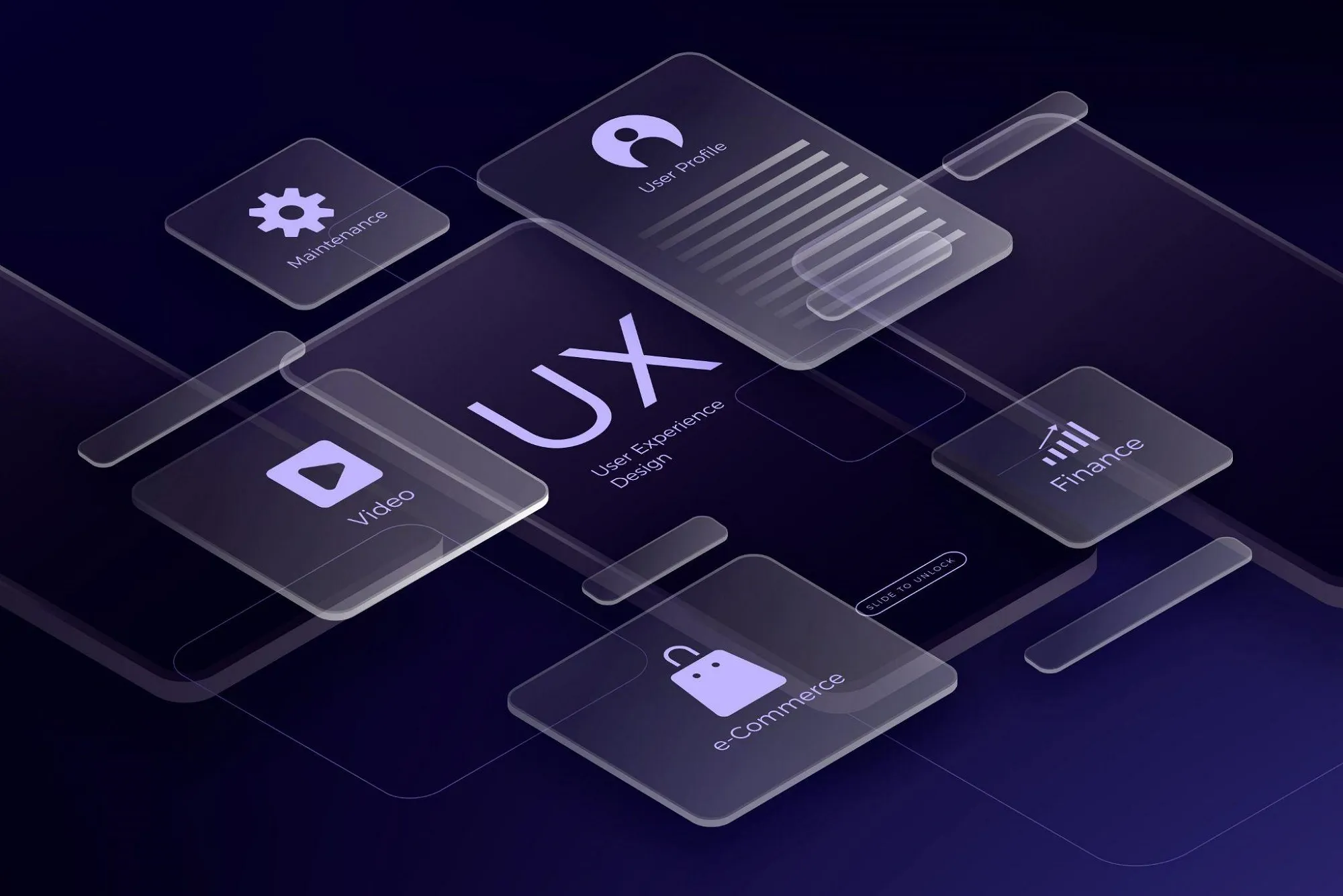The world of User Experience (UX) is changing quickly. What once focused mainly on usability and intuitive design is now expanding to include new technologies, changing team dynamics, and fresh expectations from users and businesses alike.
One of the biggest shifts we’re seeing is the growing role of Artificial Intelligence (AI) in digital product design. From automating tasks to analysing patterns in user behaviour, AI is transforming the way teams approach research and decision-making.
At the same time, the rise of remote user testing platforms has made it easier than ever to gather real insights from real users, no matter where they are.
These changes haven’t come without challenges. Many UX teams are working with tighter budgets, smaller teams, and greater pressure to deliver results fast. But with the right tools and approach, these challenges are also creating exciting new opportunities.
Today, we’ll take a closer look at how UX is growing. We’ll explore the current issues the industry is facing, how teams are adapting, and how AI and remote testing are shaping the future of UX design.
A brief history of UX and its evolution
In its early days, UX design was mostly about making sure digital products were usable. The focus was on functionality and basic interaction, especially for desktop websites and softwares.
As technology developed and digital experiences became more complex, UX expanded into a broader, more human-centred field. It wasn’t just about ease of use anymore; it was about understanding the user’s goals, emotions, and needs at every stage of their journey.
This shift led to what we now know as user-centred design, where research, empathy, and testing play a vital role.
The rise of smartphones, tablets, and wearable tech introduced another turning point. Designers had to move from desktop-first thinking to mobile-first and omnichannel designs. At the same time, there was growing awareness around accessibility and inclusivity, pushing teams to design for a broader range of user needs and abilities.
To meet these new demands, the way we test and validate designs also had to evolve. Traditional, in-person user testing became harder to scale, especially for global teams. This is where the remote user testing platform stepped in.
These platforms allowed UX professionals to gather real-time feedback from diverse users, regardless of where they were located. As a result, remote testing became a powerful solution for modern design challenges, offering faster results, greater flexibility, and wider reach than ever before.
In short, UX has evolved in response to both technological progress and rising user expectations. And with every shift, new tools and practices have emerged to keep the field dynamic, inclusive, and deeply user-focused.
What are the current challenges in the UX industry?
The role of UX has never been more demanding. As the digital world grows, so do the pressures on UX teams to deliver smarter, faster, and more inclusive experiences.
Here are some of the challenges that global UX designers face constantly:
1. Complexity in digital designs
Digital products have become more advanced, offering a wide range of features, touchpoints, and interactions. As a result, designing a seamless user experience isn’t as simple as it once was.
Teams now have to consider not just how a product looks or functions but also how users move across different devices, platforms, and journeys.
2. Rising user expectations
Companies like Apple, Google, and Amazon have set a high bar for what a smooth and intuitive experience should feel like. These expectations trickle down into every app or website users interact with, no matter how big or small the brand.
That means UX teams are not only working harder to meet standards, but also to stand out in an increasingly crowded digital landscape.
3. Changing demands in user research
Stakeholders want faster, more reliable insights to inform decisions, and they want them yesterday. But gathering meaningful data isn’t just about speed. Teams also need to reach diverse user groups, including those from different cultural and geographical backgrounds.
This can make traditional research methods slow, expensive, or difficult to manage at scale.
How are UX teams adapting?
To tackle these challenges, many UX teams are turning to agile ways of working. This allows them to test, learn, and iterate quickly, often in real time. They’re also increasingly relying on tools like a remote user testing platform.
These platforms give teams the ability to recruit participants, run tests, and collect feedback much faster than before, without the need for in-person sessions. They help teams test designs with users from across regions, get rapid insights, and make informed decisions on the fly.
How is the rise of AI in UX changing the design landscape?
AI is quickly becoming one of the most significant forces shaping the future of UX design. What used to be a field driven largely by human observation and manual analysis is now being transformed by intelligent tools that can process, predict, and personalise experiences at scale.
1. Smarter, more personalised experiences
By analysing user data in real time, AI can help designers understand what users need, often before they even ask. From suggesting the next step in a journey to adapting content based on individual behaviour, AI is pushing personalisation further than ever before.
2. Practical uses of AI in UX
Tools powered by AI-driven analytics can track user behaviour, highlight patterns, and predict where users might face friction. Chatbots and virtual assistants are another common example.
They help users get answers quickly, streamline navigation, and improve overall satisfaction, especially on high-traffic sites and apps.
3. AI and remote user testing platforms
Rather than manually reviewing hours of user sessions or scrolling through endless survey responses, UX teams can now rely on AI to automatically analyse feedback, flag pain points, and even identify opportunities for improvement.
Some platforms go a step further, using AI-driven recommendation engines to suggest next steps like which prototype to test next or which design element needs revision.
Adapting UX methodologies: Embracing remote user testing platforms
Today, UX teams are rethinking how they work, and remote user testing platforms have become a key part of that shift. These platforms have become essential tools for carrying out user research in an efficient, scalable, and inclusive way.
1. Making research faster and more flexible
Unlike traditional, in-person testing, remote platforms allow researchers to reach people from different regions, time zones, and backgrounds, all without leaving their desks. This makes it much easier to scale research efforts, especially when working to tight deadlines or launching in new markets.
2. Gaining insights from diverse audiences
Teams can test experiences with users who speak different languages or come from different cultures. This helps make sure that a product works well for its entire audience and not just a narrow group. This is particularly valuable for companies targeting global or multilingual user bases.
3. Supporting agile, cost-effective design
With businesses under pressure to do more with less, remote testing offers a cost-effective alternative to traditional labs. It speeds up the research process, reduces travel and setup costs, and fits naturally within agile workflows.
UX teams working remotely or across different locations can also collaborate more easily, sharing insights and making decisions faster.
What is the future of UX in an AI-driven world?
As AI continues to evolve, it’s set to reshape the UX industry in ways we’re only beginning to understand. What’s clear, though, is that the future of UX will be more intelligent, more predictive, and more focused on delivering meaningful experiences before users even realise they need them.
From reactive to proactive UX
We’re already seeing a move towards anticipatory design, where digital products respond to user needs before they are expressed. With the help of AI, designers can now create experiences that adapt in real time based on previous behaviour, preferences, and context.
Freeing up designers to do what they do best
Activities like sorting feedback, identifying usability errors, or compiling test reports will increasingly be handled by AI. This gives designers more time to focus on strategy, creativity, and deeper user research.
Smarter remote testing tools
The future also holds exciting possibilities for remote user testing platforms. We can expect more advanced tools that not only track what users do but also understand how they feel while interacting with a product.
AI will be able to analyse tone, facial expressions, or click patterns to uncover emotional responses, offering richer insights into user sentiment.
In Conclusion
As digital products become more intricate and user expectations continue to grow, it’s clear that traditional methods alone won’t be enough.By embracing tools like remote user testing platforms and staying open to the possibilities of AI, UX professionals can keep pace with change while creating experiences that work beautifully for real people.
The more we lean into innovation, the more equipped we’ll be to shape the future of UX with confidence and creativity.





